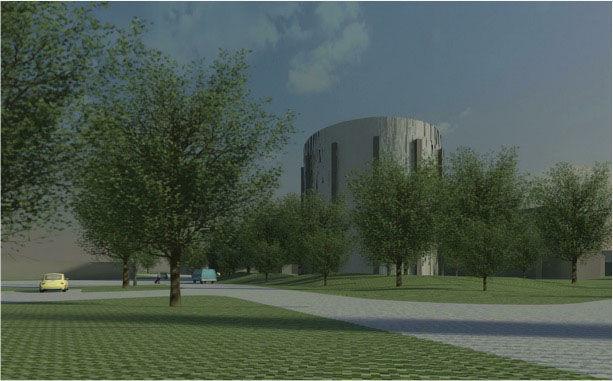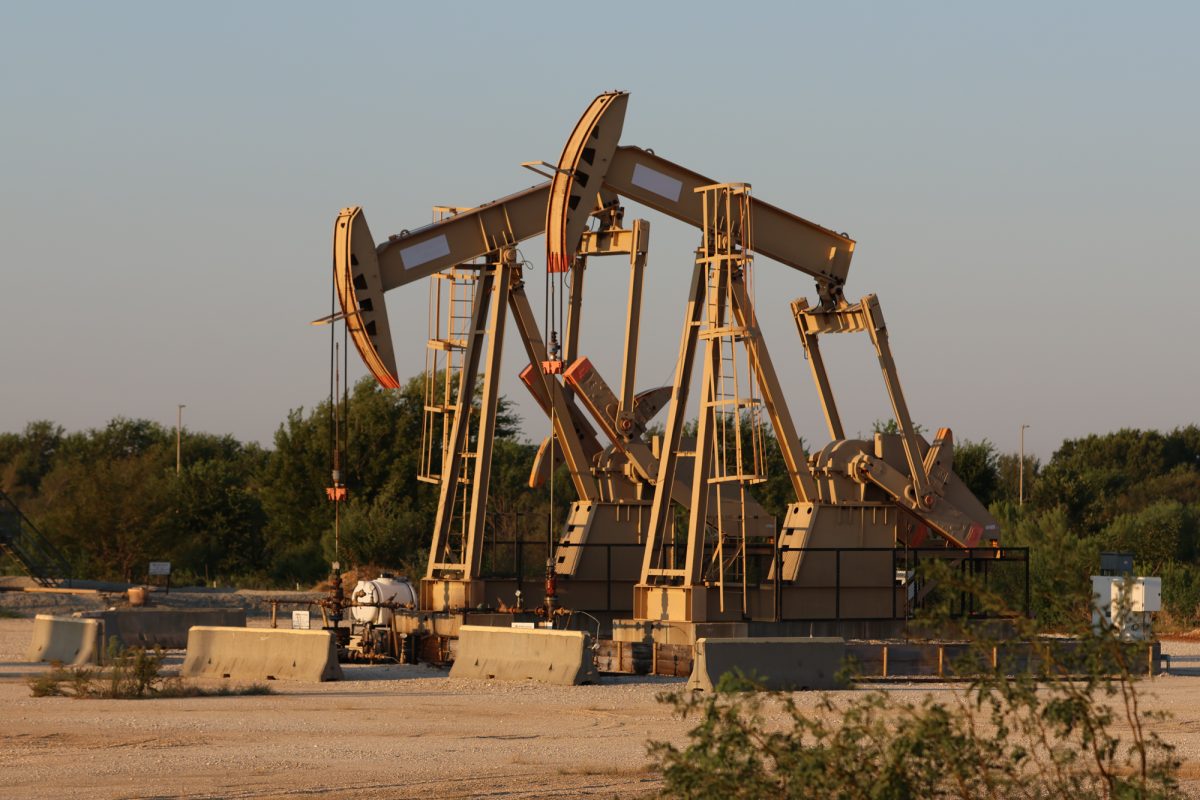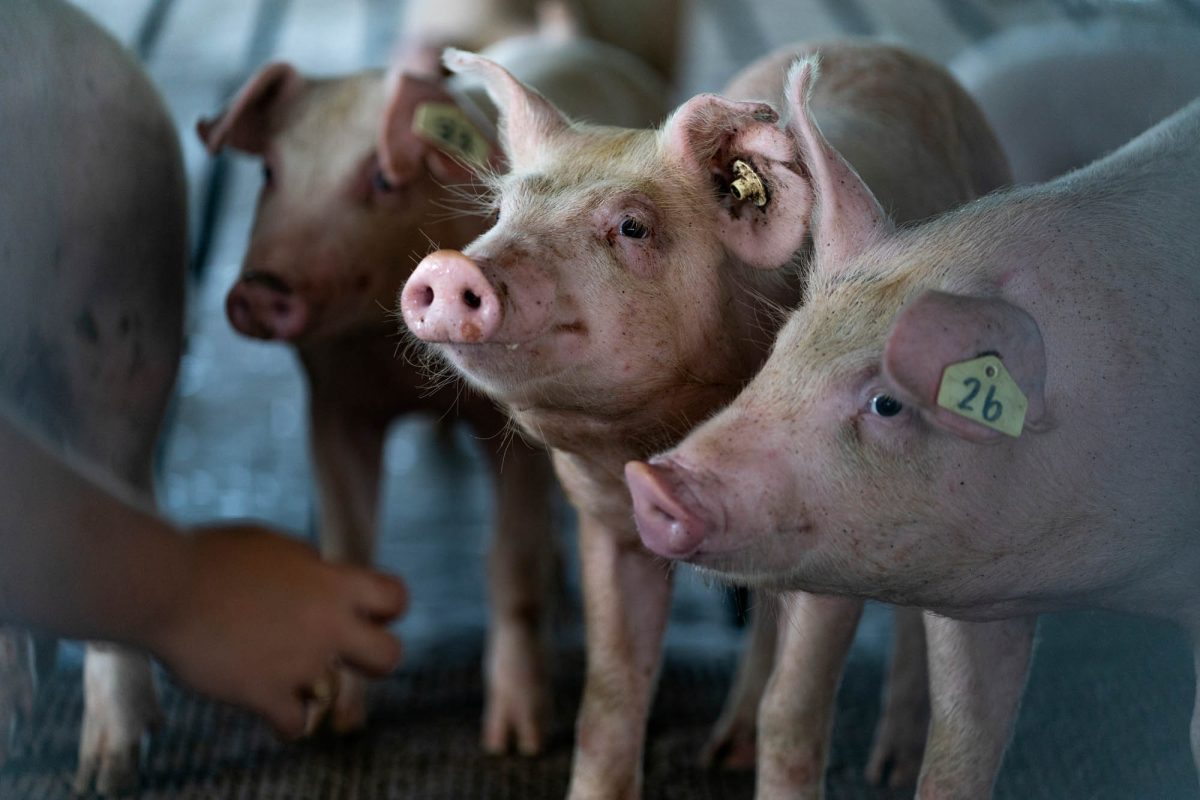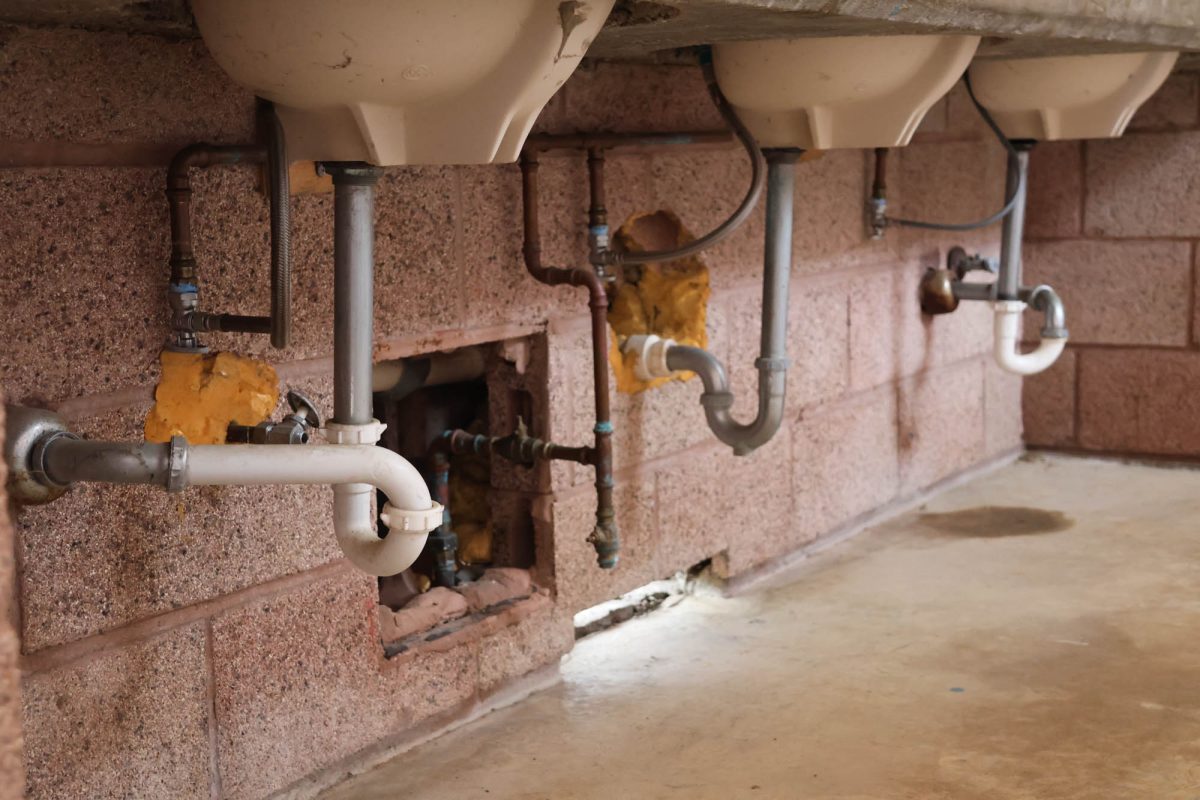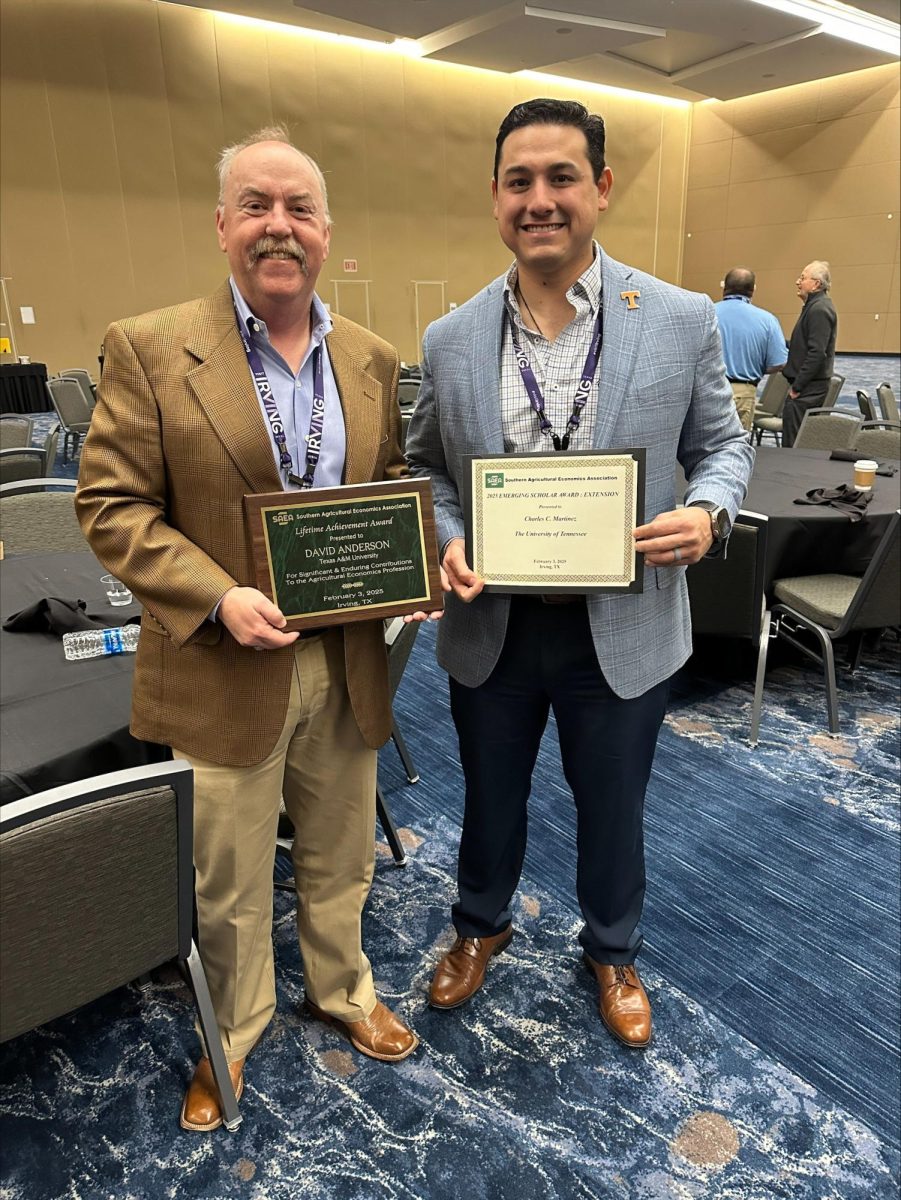Utilities and Energy Services is in the beginning phases of a cost-cutting $5 million project to install a thermal energy storage tank.
Jim Riley, executive director of UES, said energy savings are projected to range from $600,000 to $750,000 per year through cost avoidance.
Riley said the tank will be 90 feet in diameter at the base and 70 feet high. The tank will hold about 3 million gallons of chilled water, which will be transported to campus through pipes for continuous air conditioning and dehumidification within the buildings. The tank will be next to Satellite Utility Plant 2 on West Campus and will serve West Campus buildings.
“Wellborn splits main campus and West Campus. Thermal systems only run parallel with that,” said Zach McNew, communications specialist for UES. “They don’t cross over Welborn road. The thermals for West Campus are mostly done at satellite plants. To help with that, we’re going to install the tank.”
Riley said the university chills its own water at about 42 degrees Fahrenheit.
“We buy electricity from the electrical grid and we also produce electricity,” Riley said. “Electricity drives the big motors that drive the chillers and the chillers is what chills the water down to circulate through the buildings.”
One benefit of the thermal energy storage tank, Riley said, is it can be charged at night, meaning the water is cooled during the evening hours between 10 p.m. and 6 a.m. Riley said electricity prices, on average, range from 2 cents per kilowatt-hour at night to 6 cents during the day.
“When we are buying electricity from the regional grid, power is cheaper during the off-peak periods, at night and on weekends,” Riley said. “We may be buying electricity for 2 cents a kilowatt-hour at night when the wind turbines in west Texas are blowing and load is relatively low, while running the very large chillers base loaded to charge the thermal energy storage, TES, tank.”
McNew compared the process to a battery, charging during the night and discharging during the day. Riley said utilizing electricity during the night will benefit A&M’s energy consumption during the day.
“A typical chiller at the utility plant may produce 2,500 tons of cooling capacity, compared to a 3,000 square foot house that might only have 5 tons,” Riley said. “Using the TES system, we will be able to shut down two or even three of these large chillers in the peak of the day when electric rates are highest by charging the tank at night and then just operating the pumps while discharging.”
Riley said the TES tank also has additional capacity benefits.
“If there was a problem with the chillers, then we would still have 3 million gallons of chilled water ready to dispatch to campus for cooling, which provides greater capacity to cool campus buildings under all conditions.”
UES runs initiatives and projects to promote sustainability on campus. Riley said the tank plays into the sustainability plan by helping the electrical transmission system.
“If we’re shifting load from the peak period to the off peak period, that allows the whole electrical grid to operate more efficiently because we’re not loading up the grid and increasing loads at peak periods,” Riley said.
To inform campus about different sustainability initiatives, UES works with multiple organizations around campus. One such group, Environmental Issues Committee, works with UES and the Office of Sustainability to educate and spread awareness of sustainability projects on campus.
Victoria Benson, psychology senior and chair of EIC, said students should be aware and up to date on these projects as they affect future students as well.
Current construction is being done off site as materials and parts are ordered. Riley said intense construction will begin on campus in the summer of 2015, and the project is expected to be completed by April 2016.
Overall, water consumption on campus has been reduced by 25 percent over the past 12 years even as campus square footage served has increased by 30 percent.
Riley said this reduction in consumption has been accomplished by minimizing leaks and losses, improving utility plant thermal efficiency, installing plumbing fixtures in buildings that eliminate excessive flow and through closer management of campus irrigation systems to minimize losses.
$5M thermal energy storage tank to cut costs
January 20, 2015
Tanner Garza — THE BATTALION
The thermal energy storage tank will be located on West Campus near UES Satellite Utility Plant 2.
0
Donate to The Battalion
$2790
$5000
Contributed
Our Goal
Your donation will support the student journalists of Texas A&M University - College Station. Your contribution will allow us to purchase equipment and cover our annual website hosting costs, in addition to paying freelance staffers for their work, travel costs for coverage and more!
More to Discover




